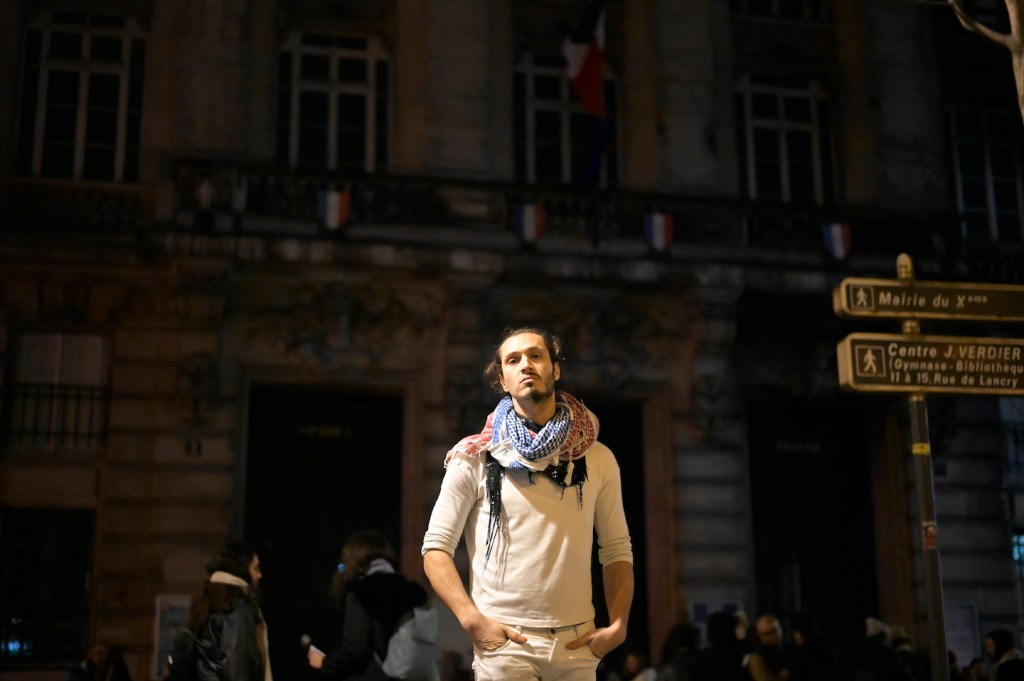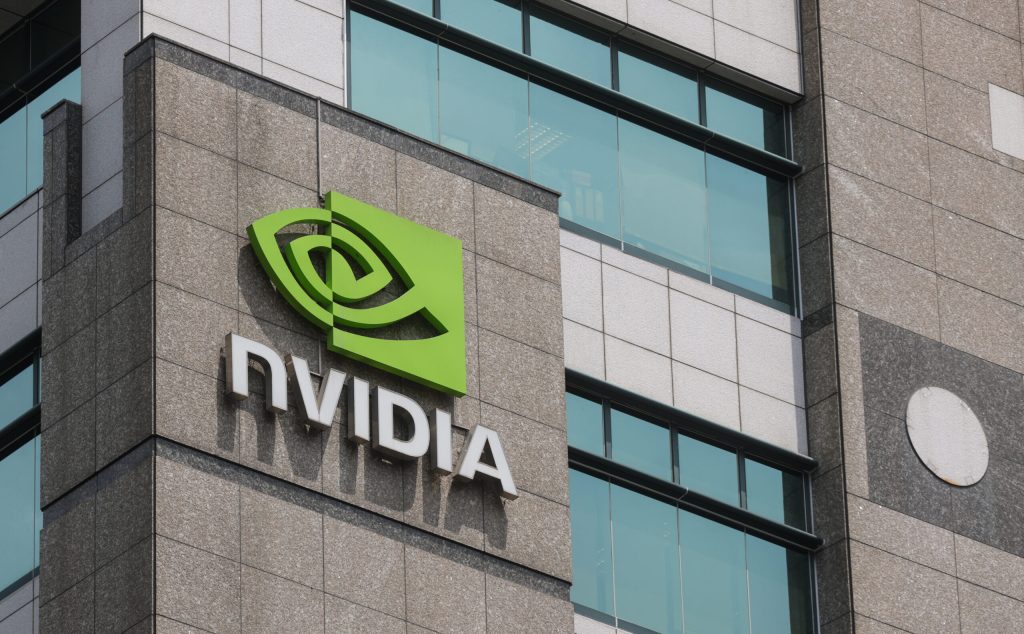& in Palestine,
where it is a crime to wave
the flag of Palestine in Palestine,
watermelon halves are raised
against Israeli troops
for the red, black, white, green
of Palestine. Forever,
I love you your color hemmed
by rind.
—Aracelis Girmay, “Ode to the Watermelon”
Videos by VICE
When Laila El-Haddad first moved to the United States in 1996, she flipped open an American cooking magazine and found a recipe for watermelon and white brined cheese printed across the issue’s smooth, glossy pages. The recipe, the publication claimed, was a popular Israeli dish, commonly served during suppertime throughout regions of the small Middle Eastern country.
But for El-Haddad, a Palestinian born in Kuwait and raised largely in Saudi Arabia, the article stung of appropriation. She had grown up seeing the dish as a cuisine unique to the Palestinian people—her people—and the magazine’s transgression seemed to reinforce decades of mounting strife between the two cultures.
“My initial reaction was, ‘How dare they,’” remembers El-Haddad, who, after graduating from the John F. Kennedy School of Government at Harvard University, went on to author the popular Palestinian cookbook The Gaza Kitchen in 2013. “For Palestinians, it’s a whole package of, ‘We’ve taken your land, we’ve erased your identity, and we’re devaluing your culture, but we will appropriate it and rebrand it as our own and present it to the world.’”
Though the first recorded watermelon harvest took place in Egypt roughly 5,000 years ago—and, in the centuries since, the food has become ubiquitous in nearly every corner of the world—watermelons hold a special place in Palestinian history, culture, and cuisine. In many ways, the red, black, green, and white of the fruit and rind—colors that match those of the Palestinian flag and the flag of the Arab Revolt—tell the story of the plight and pride of the Palestinian people throughout generations.
In the years following the Six Day War in 1967, it became a crime to raise a Palestinian flag in Israeli-controlled Gaza and the West Bank. To subvert the ban on the national colors, it is said that Palestinians would carry sliced watermelons through the region in a sign of protest. In October of 1993, just weeks after Israel and the Palestinian Liberation Organization signed the Oslo Accords in Washington, DC, The New York Times reported that young men were once detained for holding watermelon halves in the Gaza Strip. An editor’s note several months later stated that the paper could not ultimately confirm the claims, but that an Israeli government official also could not deny that such arrests had taken place.
In many ways, the red, black, green, and white of the fruit and rind—colors that match those of the Palestinian flag and the flag of the Arab Revolt—tell the story of the plight and pride of the Palestinian people throughout generations.
Similarly, prominent Palestinian artists have stated over the years that they risked imprisonment for simply painting depictions of watermelons, as well as other images (like poppy seed plants) that might have incorporated the national colors. Australia’s daily newspaper, The Age, also reported that the watermelon was used as a symbol of the Second Intifada—or Palestinian uprising—in 2000.
“The Israelis were extremely harsh in cracking down on any manifestation of Palestinian nationalism, and the more symbolic and the more visible, the angrier they would get,” explains Rashid Khalidi, the Edward Said Professor of Arab Studies at Columbia University and the editor of the Journal of Palestine Studies. “Palestine didn’t exist, the Palestinians didn’t exist, and anybody who claimed otherwise was in trouble.”
“They were using a regulation having to do with terrorism to deal with a graphic artist or a wall painter,” he continues. “The absurdity of using the term ‘law’ is Kafkaesque.”
For El-Haddad, the controversy surrounding the Palestinian flag and its colors surfaced in subtle ways throughout her life. As a child, while visiting her grandmother in Gaza, she found herself drawing a picture of the flag on a piece of paper, hoping to express her excitement for finally visiting the homeland. Eyes widened and a relative hastily made El-Haddad throw the drawing in the trash, fearing it might one day be discovered by the Israelis.
Later, while at Harvard, El-Haddad and her fellow Palestinian students were not permitted to raise their flag at graduation like other cultures, as Palestine is not unilaterally recognized as a state. Instead, they chose to subvert the university’s rule by fastening red, black, green and white pins to their caps during the ceremony.
Unlike in the US, where watermelons are often sliced open and eaten with little preparation, in Gaza the fruit is used as an ingredient in a number of unique and particular recipes.
“Of course it was an attempt to completely silence you,” El-Haddad says of the Israeli ban on the flag. “[It was] devaluing you as a people and your history, but also your identity and erasing that identity completely. That’s what it was an attempt to do.”
With the signing of the Oslo Accords in the 90s—and the recognition of the PLO as a legitimate representative of the Palestinian people—a general relaxing of restrictions saw Palestinian flags pop up throughout the Gaza Strip and the West Bank almost immediately. And despite the related turmoil surrounding the watermelon and its once-banned colors, the fruit remains a vastly popular food in the area to this day. Unlike in the US, where watermelons are often sliced open and eaten with little preparation, in Gaza the fruit is used as an ingredient in a number of unique and particular recipes.
In 2013, El-Haddad returned to her homeland to film an episode of Anthonys Bourdain’s CNN series, Parts Unknown. In the southern, coastal villages of the Gaza Strip, she found a clan willing to prepare the host a meal of fatit ‘ajir—a communal dish that involves taking unripe, fire-roasted watermelons and mixing them together with other chopped vegetables and unleavened bread. Baby watermelons are also often served pickled and considered to be a delicacy in the area.
“Watermelon is one of those foods that Gazan soil is very well-suited to grow,” explains El-Haddad. “It’s a very common scene you might see—a lot of the wire press take pictures of boys sleeping on piles of watermelons or whatnot, especially in Gaza.”
Earlier this week, for the first time in history, the Palestinian flag was raised outside of the United Nations in New York City. The hoisting of the banner, which was supported by nearly every country except Israel and the US, came moments after Palestinian Authority President Mahmoud Abbas accused Israel of violating the Oslo Accords, claiming that the Palestinians were therefore no longer bound by the decades-old peace agreements.
With tensions heightened—and an Israeli anti-terrorism bill designed to ban the Palestinian flag less than a year in the past—it remains unclear if the red, black, green, and white of the watermelon will once again become an image of political subversion in the Middle East.
“It’s a symbol of the existence of a national group and sort of the most striking,” Khalidi says of the importance of the Palestinian colors. “I mean, how could you express your Palestinian identity more visibly than by raising or waiving or painting a flag?”



